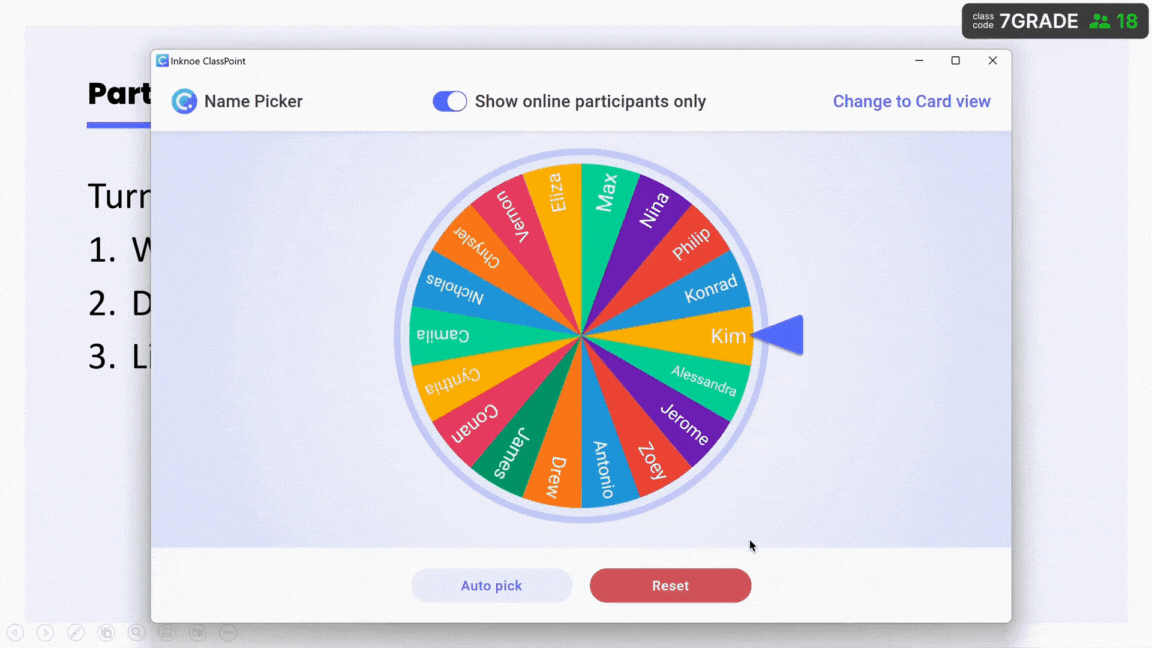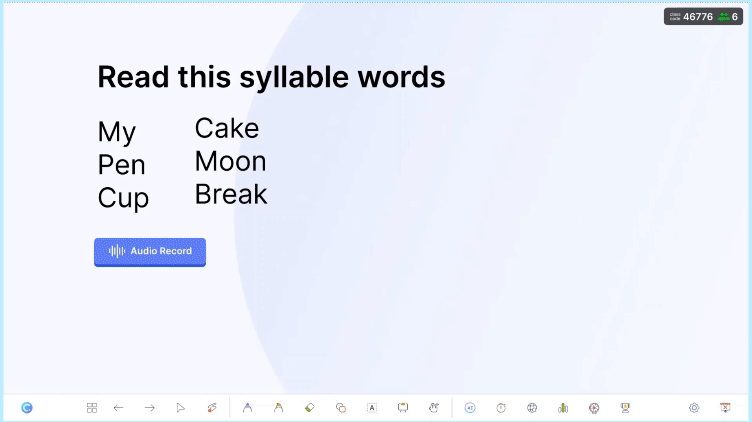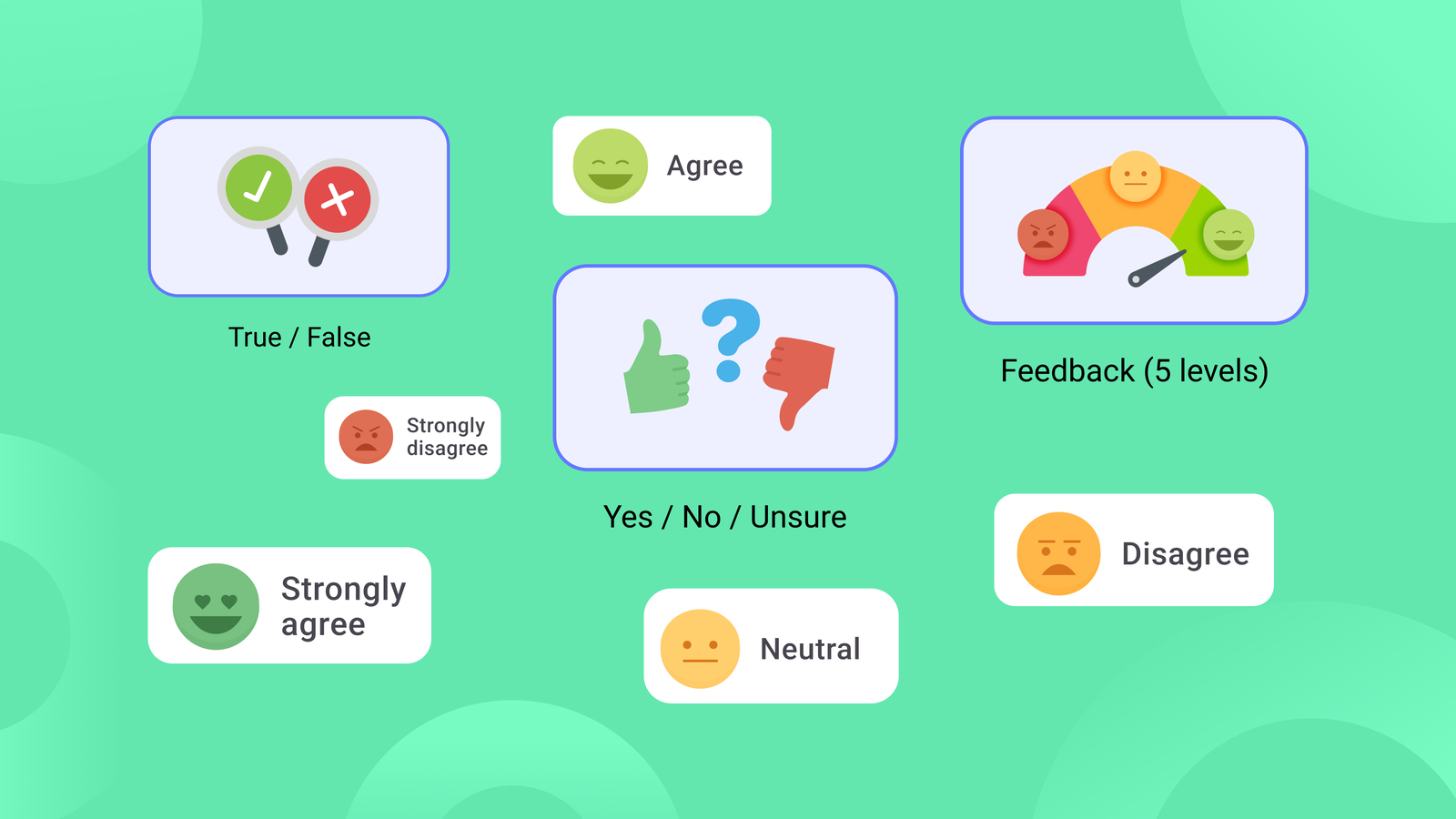Popcorn reading—that classroom practice where students take turns reading aloud, often “popcorning” to the next reader without warning—has been a staple in classrooms for decades. While it remains popular, reading experts have increasingly questioned its effectiveness and potential downsides.
In this blog, we’ll examine both sides of the popcorn reading debate and explore how modern tools like ClassPoint can transform reading instruction into more engaging, effective, and less anxiety-producing experiences for students..
While in the topic of reading activities, check out our curated list of 8 Powerful Reading Comprehension Strategies to Help Students Excel in Reading.
What Is Popcorn Reading?

Popcorn reading is a classroom practice where students take turns reading a text aloud, with the distinctive feature that after finishing their passage, they spontaneously call on or “popcorn” another classmate to continue. This differs from traditional round-robin reading, which follows a predictable order around the room.
Common variations include:
- Classic popcorn: Students read one paragraph, then choose the next reader (creating unpredictability)
- Round-robin: Following a fixed order, like a seating arrangement (more predictable)
- Teacher-selected: The teacher chooses who reads next
- Timed intervals: Students read for a set amount of time before switching
These oral reading approaches gained popularity as ways to ensure all students participated in reading activities and as methods for teachers to quickly assess multiple students’ reading abilities within a single lesson.
Potential Benefits of Popcorn Reading
Many teachers still choose popcorn reading in their classrooms, especially in elementary and middle school, because they see several potential benefits:
- Encourages participation: All students are expected to contribute
- Keeps students alert: The uncertainty of being called next may keep students following along
- Provides assessment opportunities: Teachers can hear multiple students read aloud
- Creates a shared experience: The entire class experiences the text together
- Saves time: Covers material efficiently in a single session
- Builds oral reading skills: Gives students practice reading aloud
Drawbacks and Concerns of Popcorn Reading
While popcorn reading is still common in many classrooms, research has raised several concerns about its impact on students:
- Comprehension suffers: Students often focus on their upcoming turn and memorizing rather than understanding the text
- Causes anxiety: Many students experience stress about reading aloud, especially struggling readers
- Creates inequity: Struggling readers can be put in potentially embarrassing situations
- Slows pace: Advanced readers must wait through slower readings
- Poor fluency modeling: Students hear choppy, hesitant reading rather than fluent examples
- Negative associations: Can create negative feelings about reading
- Challenges for diverse learners: Particularly difficult for English language learners and students with learning differences
What Do Reading Experts Say?
The National Reading Panel emphasizes the importance of guided oral reading and independent silent reading over round-robin approaches. Studies show that students who experience anxiety during popcorn reading often retain less information and develop negative associations with reading activities.
Reading expert Timothy Rasinski, co-author of “Good-bye Round Robin: 25 Effective Oral Reading Strategies,” has consistently advocated against popcorn and round robin reading. He argues that these practices can lead to word-by-word reading rather than fluent, meaningful reading and recommends alternative methods that support fluency through proper modeling and guided practice.
Tech-Powered Alternatives to Popcorn Reading
If you’re looking to move beyond popcorn reading without sacrificing participation, it helps to blend research-backed strategies with the right tools. That’s where ClassPoint, an interactive teaching add-in for PowerPoint, comes in.
By combining smart classroom management features with interactive engagement tools, ClassPoint allows you to create a reading experience that’s less stressful, more inclusive, and far more effective. Let’s take a look at how it works in action.
Creating Reading-Focused PowerPoint Activities with ClassPoint
Before we dive into specific features, here’s how you can structure your reading lessons inside PowerPoint with ClassPoint:
1. Build Your Reading Slides:
- Break reading passages into smaller, manageable chunks on PowerPoint slides
- Add visuals or diagrams to support context
- Space slides to allow for interaction after each section
2. Insert ClassPoint Interactive Elements:
- Use buttons for polls, short answers, or word clouds
- Add audio recording activities to assess fluency
- Place Name Picker wheels to support fair participation
3. Set Up Classroom Management Tools:
- Track participation with ClassPoint’s classes
- Award stars to add motivation and competition during class
- Ensure all students are included without added stress
Idea 1: Random Name Picker for Fair Participation

Instead of putting students on the spot with popcorn reading, ClassPoint’s random name picker provides a fairer approach:
- Reduces anxiety: Students aren’t called out by peers
- Maintains fairness: Everyone has an equal chance of being selected
- Adjustable settings: Teachers can ensure balanced participation
- Visual engagement: Names appear on-screen in an engaging way
How to set up:
- Create your account and download ClassPoint for free from classpoint.io
- Create a Class of your student names by clicking the My Classes button in the ClassPoint tab of the PowerPoint ribbon
- Give your class a name and a unique code
- Add student names to your roster
- During your PowerPoint presentation, click on the Spinning Wheel to call on a student when you need a student to read or respond
Idea 2: Audio Recording for Private Reading Assessment

One of the biggest drawbacks of popcorn reading is the public performance aspect. ClassPoint offers an alternative:
- Students can record themselves reading passages using ClassPoint’s audio recording feature
- Teachers can assess fluency privately without creating classroom pressure
- Recordings can be done as homework or during independent work time
- Students can re-record until they’re comfortable with their reading
How to set up:
- Create your account and download ClassPoint for free from classpoint.io
- Create a slide with your question or prompt for students
- Add an Audio Question button to your slide from the ClassPoint tab of the PowerPoint ribbon
- During your presentation, invite your participants to join the class, then they can begin submitting their voice recording
Idea 3: Interactive Reading Activities with ClassPoint

Beyond simple read-alouds, ClassPoint enables more engaging reading activities to hear from your whole class at once:
- Poll Questions: Check comprehension after reading sections with Classpoint’s Quick Poll feature
- Short Answer Questions: Gather thoughts on passages or characters simply without leaving PowerPoint
- Word Cloud: Collect quick reactions from the passage in a dynamic word cloud
- Drawing Tools: Students can visualize scenes or concepts from the reading by drawing their responses to questions
How to set up: After each text/reading section in your PowerPoint, add one of the mentioned features above to your slide!
Low-Tech Alternatives to Popcorn Reading

Consider these evidence-based alternatives that promote better reading skills without the drawbacks of popcorn reading:
1. Choral Reading
The whole class reads a text aloud in unison. This approach builds confidence, creates community, and provides implicit support for struggling readers.
Benefits:
- Reduces anxiety since no one reader is spotlighted
- Creates a sense of reading community
- Supports fluency through modeling
- Allows struggling readers to participate successfully
2. Partner Reading
Students read with a partner, taking turns and supporting each other. This creates a more comfortable environment with immediate peer feedback.
Benefits:
- Increases reading time for each student
- Promotes collaborative learning
- Provides immediate support for difficult words
- Creates a manageable audience size for reading aloud
3. Echo Reading
The teacher reads a line with proper expression and fluency, then students repeat it. This approach models expert reading before students attempt it.
Benefits:
- Demonstrates proper phrasing and expression
- Builds fluency through repetition
- Provides clear modeling before student practice
- Works well for poetry, speeches, and complex texts
4. Reader’s Theater
Students rehearse and perform assigned parts of a text, much like a script. This gives purpose to repeated reading.
Benefits:
- Motivates repeated reading for a purpose
- Builds expression and fluency through practice
- Gives students time to prepare before reading aloud
- Makes reading a cooperative rather than a competitive activity
5. Jump-In Reading
Students volunteer to read the next passage when they feel comfortable, rather than being called on unexpectedly.
Benefits:
- Reduces anxiety by giving students a choice
- Allows preparation time before reading
- Creates more engagement as students follow along to find entry points
- Respects different comfort levels with oral reading
6. Small Group Guided Reading
The teacher works with small groups at similar reading levels while others work independently.
Benefits:
- Allows for targeted instruction at appropriate levels
- Creates a safer environment for oral reading practice
- Enables immediate teacher feedback and guidance
- Provides more reading time per student
Here's our very own 101 on Guided Reading: The Best Way to Foster Independent Readers.
Tips to Make Any Reading Activity More Effective
Whether you’re using ClassPoint or traditional methods, these tips will help improve your reading instruction:
Focus on Comprehension Over Performance
- Ask meaningful questions about content rather than just correcting pronunciation
- Use ClassPoint polls to quickly check understanding
- Have students summarize or paraphrase in their own words
Provide Appropriate Scaffolding
- Pre-teach difficult vocabulary or concepts
- Display visual supports alongside text
- Offer sentence frames for responses
- Use ClassPoint’s drawing tools to highlight text structures
Create Low-Stress Reading Environments
- Give students preparation time before reading aloud
- Offer choice in participation methods
- Use ClassPoint’s anonymous response options when appropriate
- Celebrate effort and improvement, not just performance
Use Inclusive Practices
- Provide text at multiple reading levels
- Offer audio support for struggling readers
- Consider cultural relevance in text selection
- Use ClassPoint’s accessibility features
Balance Independent, Group, and Teacher-Led Reading
- Alternate between different reading approaches
- Use ClassPoint to manage and time different reading activities
- Provide independent reading options alongside group work
- Model fluent reading regularly

Conclusion
While popcorn reading has been a classroom staple, research suggests more effective alternatives exist for developing strong, confident readers. With tools like ClassPoint, teachers can transform reading instruction into engaging, interactive experiences that reduce anxiety while increasing comprehension and participation.
By using ClassPoint’s name picker, audio recording, and interactive question features, you can maintain the benefits of active participation while eliminating the drawbacks of traditional popcorn reading.
What reading strategies have worked best in your classroom? Share your experiences in the comments below!
Ready to Try These Strategies?
With ClassPoint, you can reimagine reading instruction to support all learners—whether you’re checking comprehension with a quick poll, inviting quiet students to participate through anonymous answers, or assessing fluency with audio recordings.
